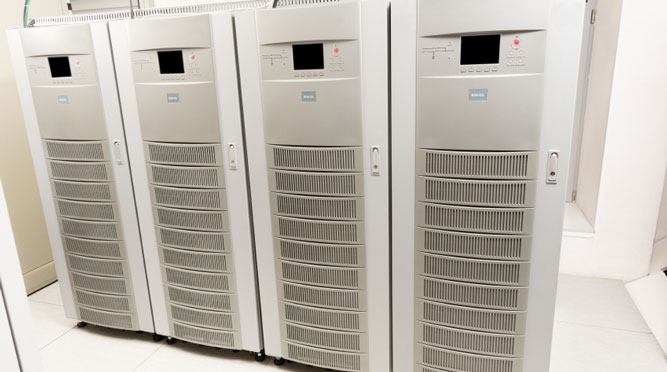Wind
Wind energy is an indirect form of solar energy created by a combination of factors, including the uneven heating of Earth’s atmosphere by solar radiation, variations in topography, and the rotation of Earth. People have been putting wind energy to use throughout history to propel sail boats, mill flour from grain, and pump water. Today the wind-induced mechanical power of huge multi-blade rotors—sweeping circles in the air as much as 100 meters in diameter—is routed to generators that produce electricity.
In 2014, wind power provided about 19% of all the energy consumed from renewable sources. That contribution is expected to grow and the potential is large: Energy from wind available in the United States is at least an order of magnitude larger than the nation’s total annual consumption of energy, although only a small fraction of it can be captured. As of 2015, 40 states had at least some installed wind power systems, with the largest share on the West Coast and in the Midwest. Wind energy produced 4.7% of America’s electricity in 2015.
As of 2015, 40 states had at least some installed wind power systems, with the largest share on the West Coast and in the Midwest.
Expansion of wind power depends on a variety of factors, including fossil-fuel prices, federal tax credits, state renewable energy programs, technology improvements, access to transmission grids, and public opinion. If those factors remain relatively constant, wind power generation capacity is expected to grow about one-third by 2040.
Wind energy, like sunlight, is a “free” source. The cost arises in converting it to electricity and integrating that electricity into the nation’s power grid. It is not, however, universally welcomed. Many oppose its use on aesthetic and environmental grounds. Wind turbines (sometimes grouped into “wind farms” containing hundreds of turbines) can prompt complaints from communities whose sight lines are altered. Current designs are also hazardous to some birds and bats.
But by far the largest impediment to greater use of intermittent energy sources is that they currently lack a practical and cost-effective way to store the electricity generated so that it can be used when needed, rather than when available. Battery arrays are an obvious option, but they are typically best suited to storing relatively small amounts locally. (Although the city of Fairbanks, Alaska, has an immense central emergency battery that can provide 26 megawatts of power for 15 minutes in the event of an outage.)
Intermittent electricity can be used to pump water to higher elevations, raising its potential energy. Similarly, electrical energy can be stored as heat in an insulated enclosure or used to compress gas underground, where the pressure could be bled off to generate power on demand. Electricity from wind and solar sources can be harnessed to spin up giant flywheels or used to produce hydrogen, which could be stored and used in fuel cells when needed. Every time energy changes form, of course, there is some loss and efficiency is an urgent concern in all conversion technologies. At present, such solutions are relatively costly and have typically been deployed to serve areas off the main power grid.
Source Material
- Electricity from Renewable Resources: Status, Prospects, and Impediments (2010)
- Environmental Impacts of Wind-Energy Projects (2007)
- Overview and Summary of America’s Energy Future: Technology and Transformation (2010)
- Effect of U.S. Tax Policy on Greenhouse Gas Emissions (2013)
- Structural Integrity of Offshore Wind Turbines: Oversight of Design, Fabrication, and Installation - Special Report 305 (2011)
- The Power of Renewables: Opportunities and Challenges for China and the United States (2010)

